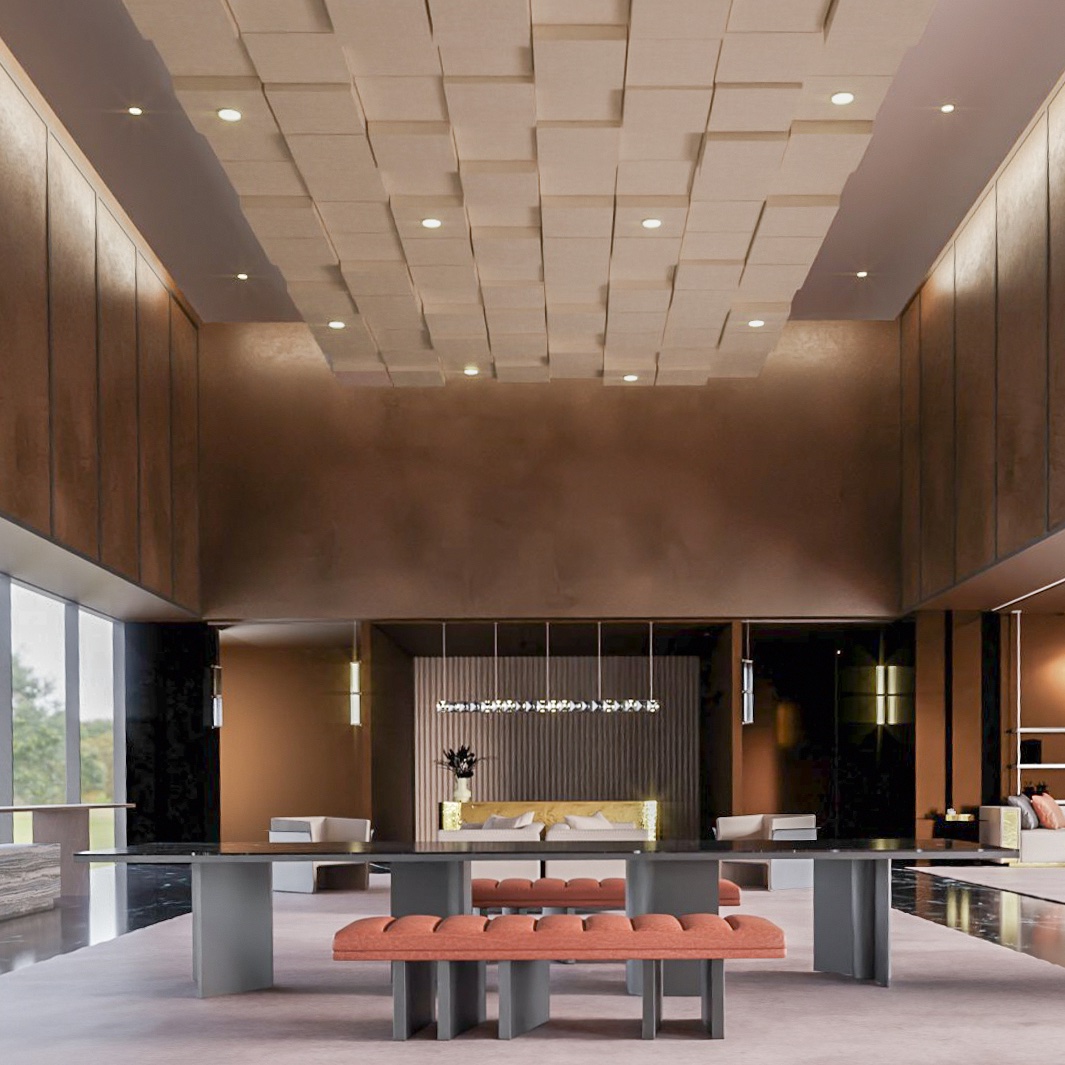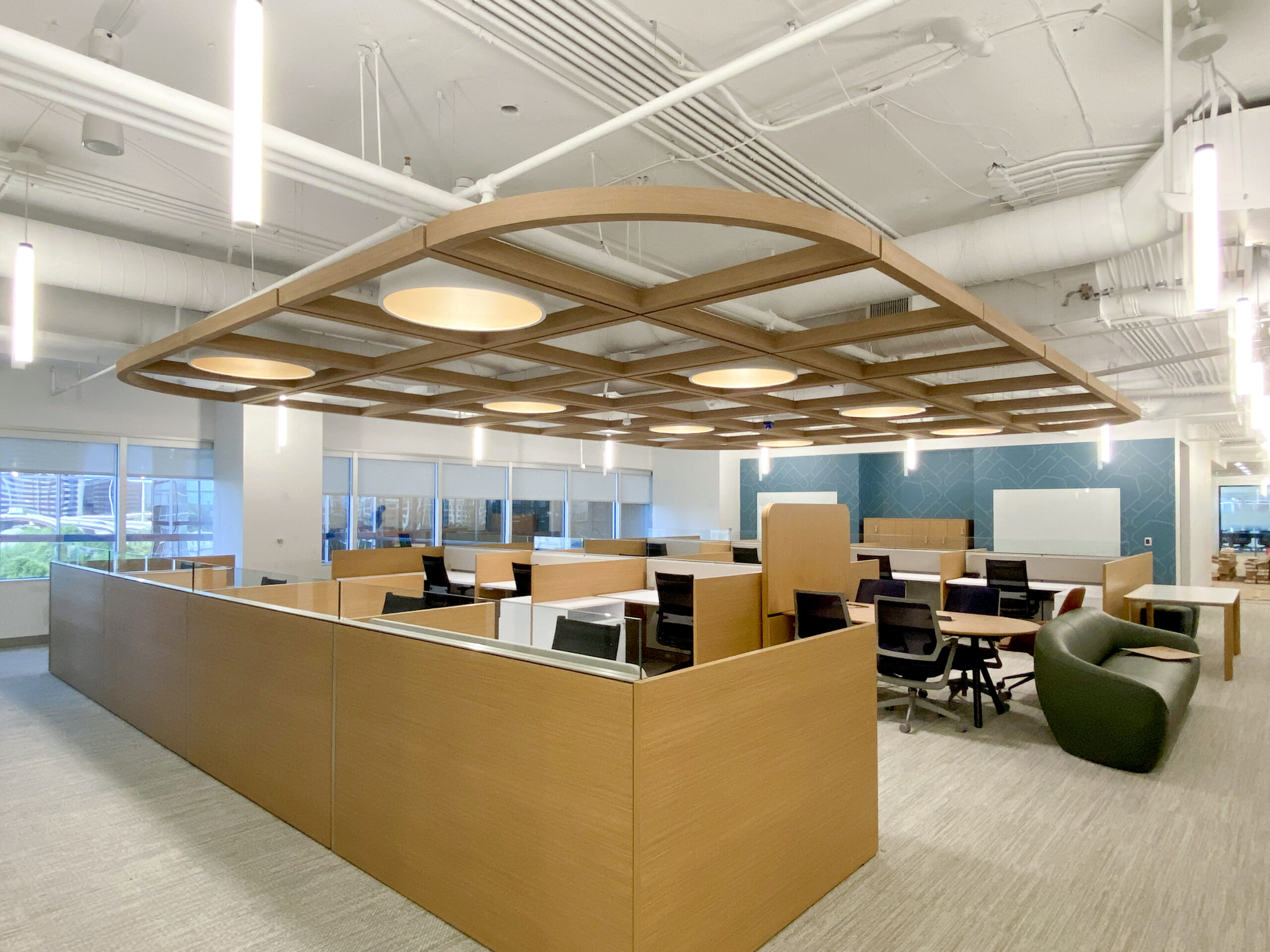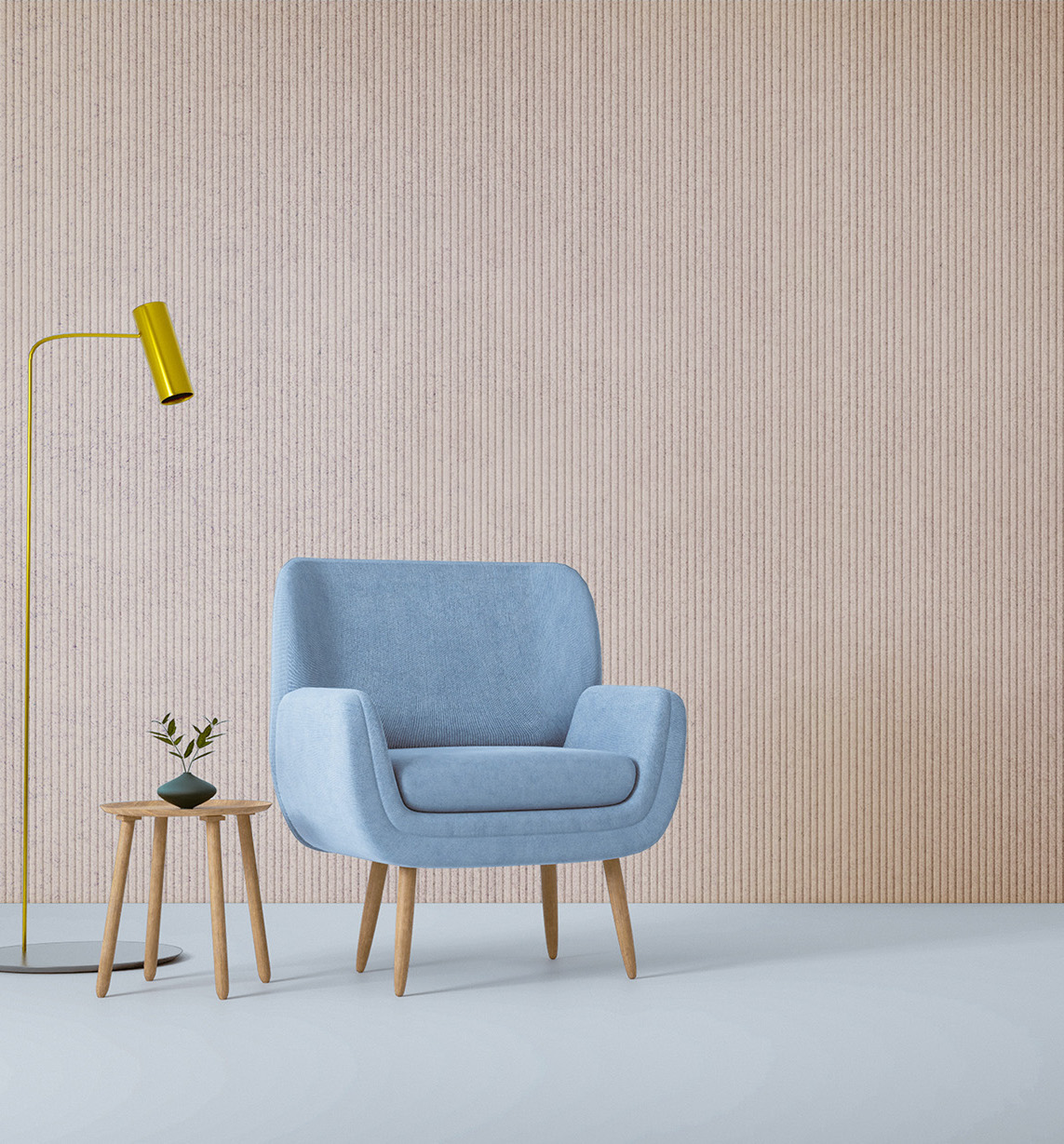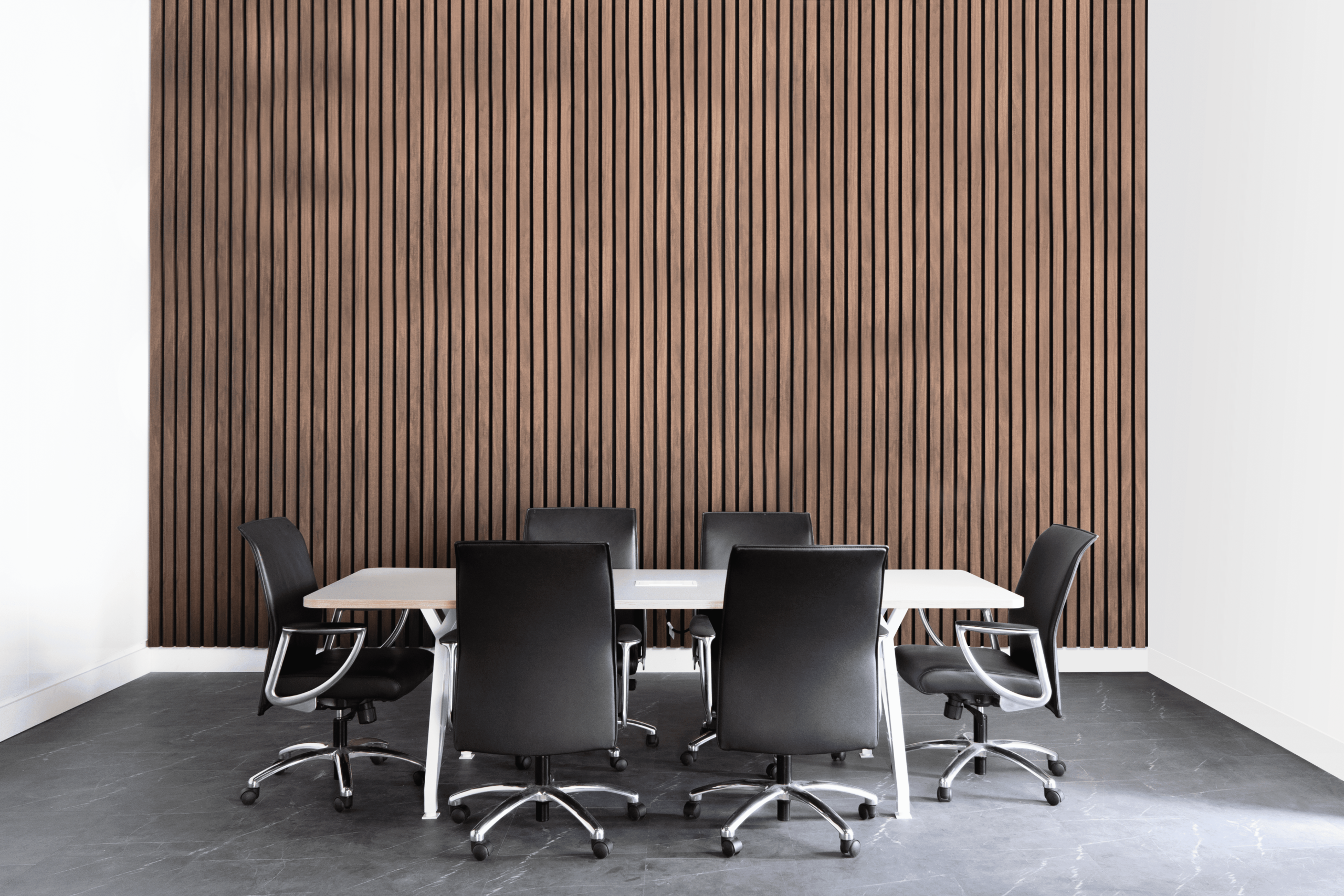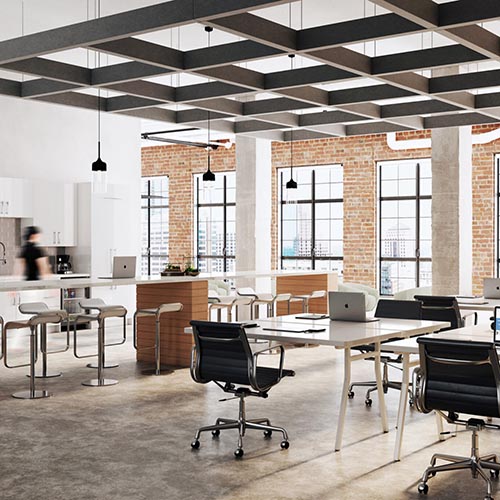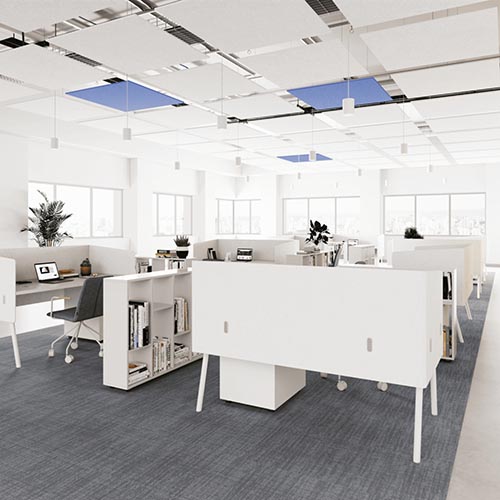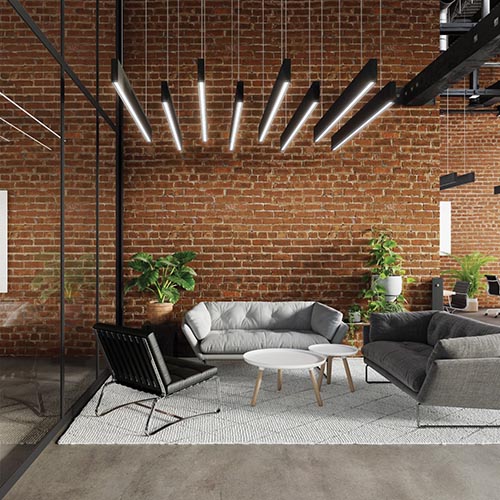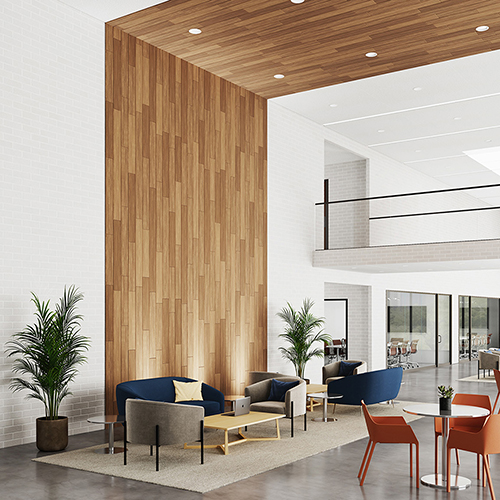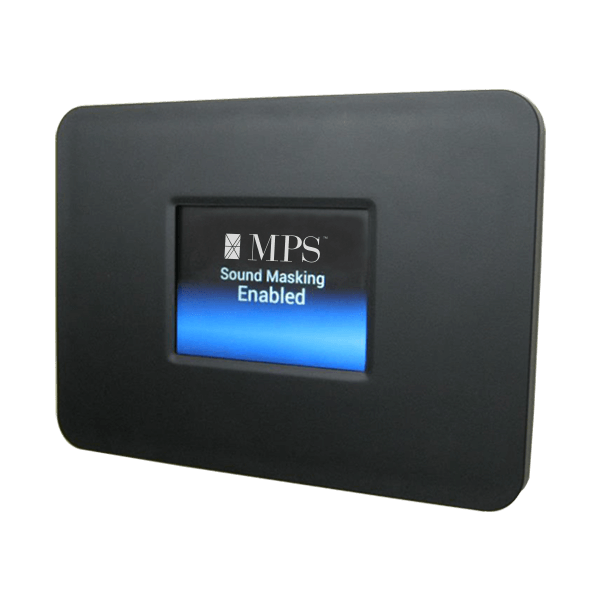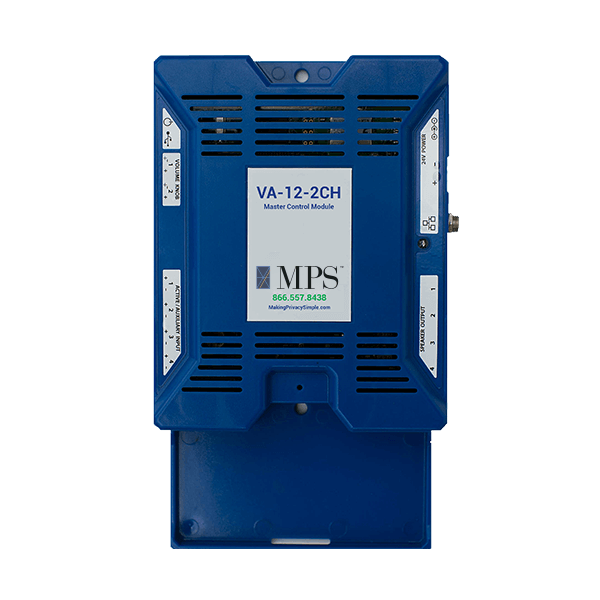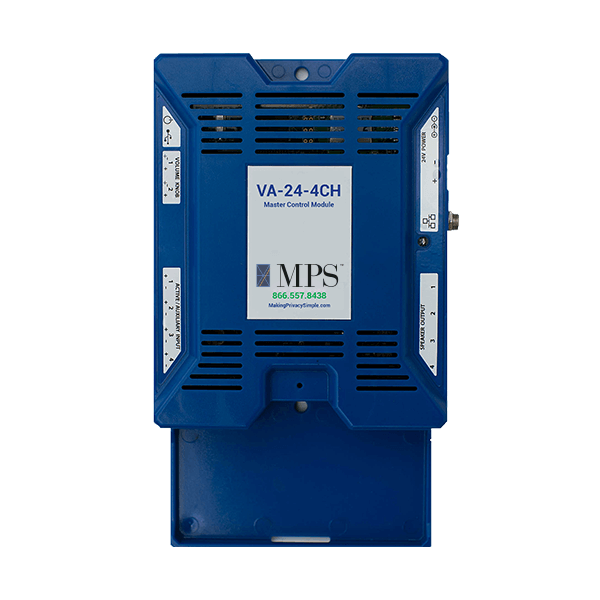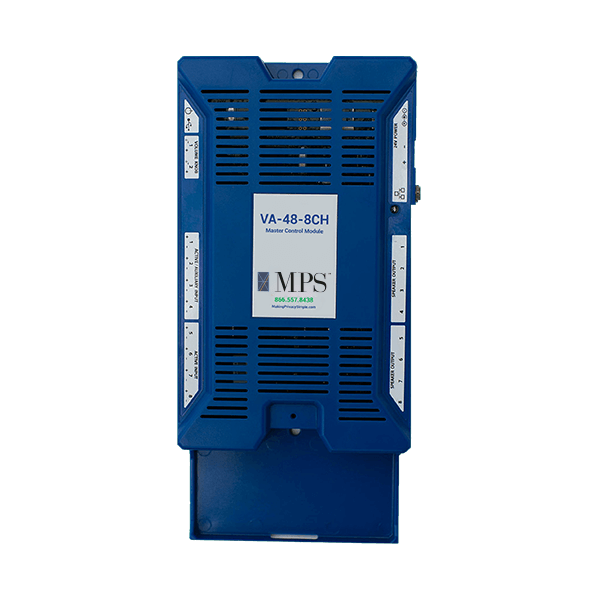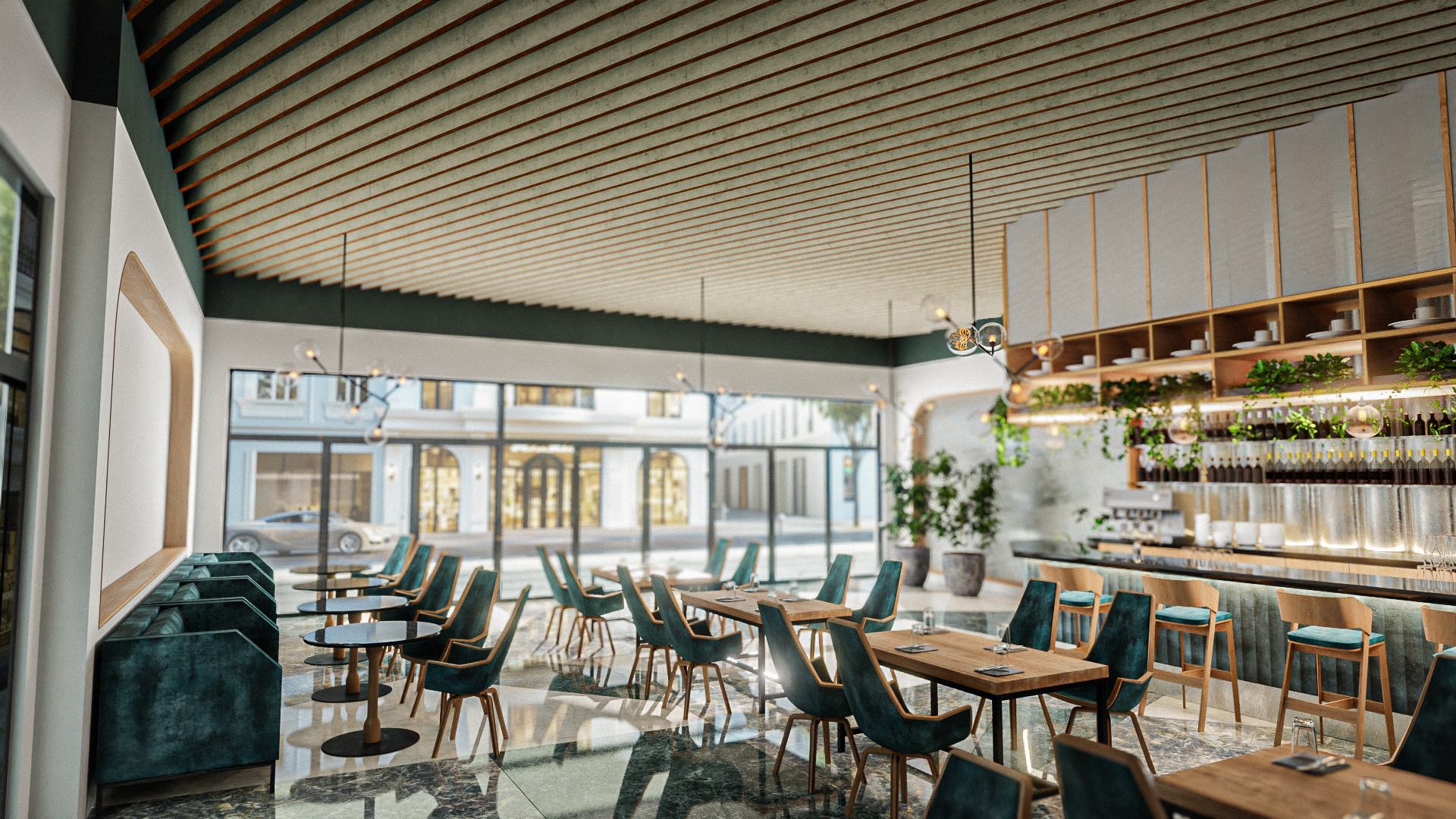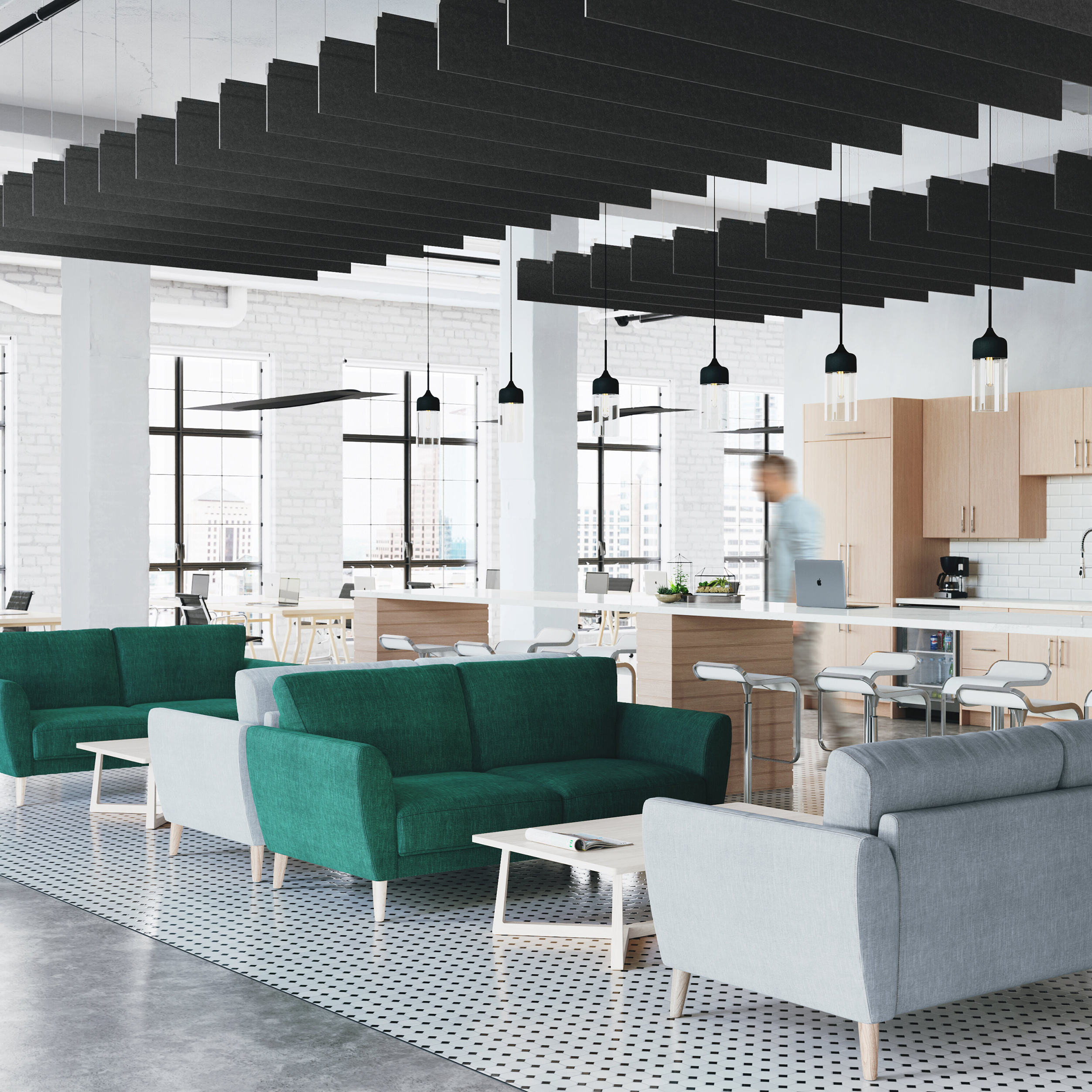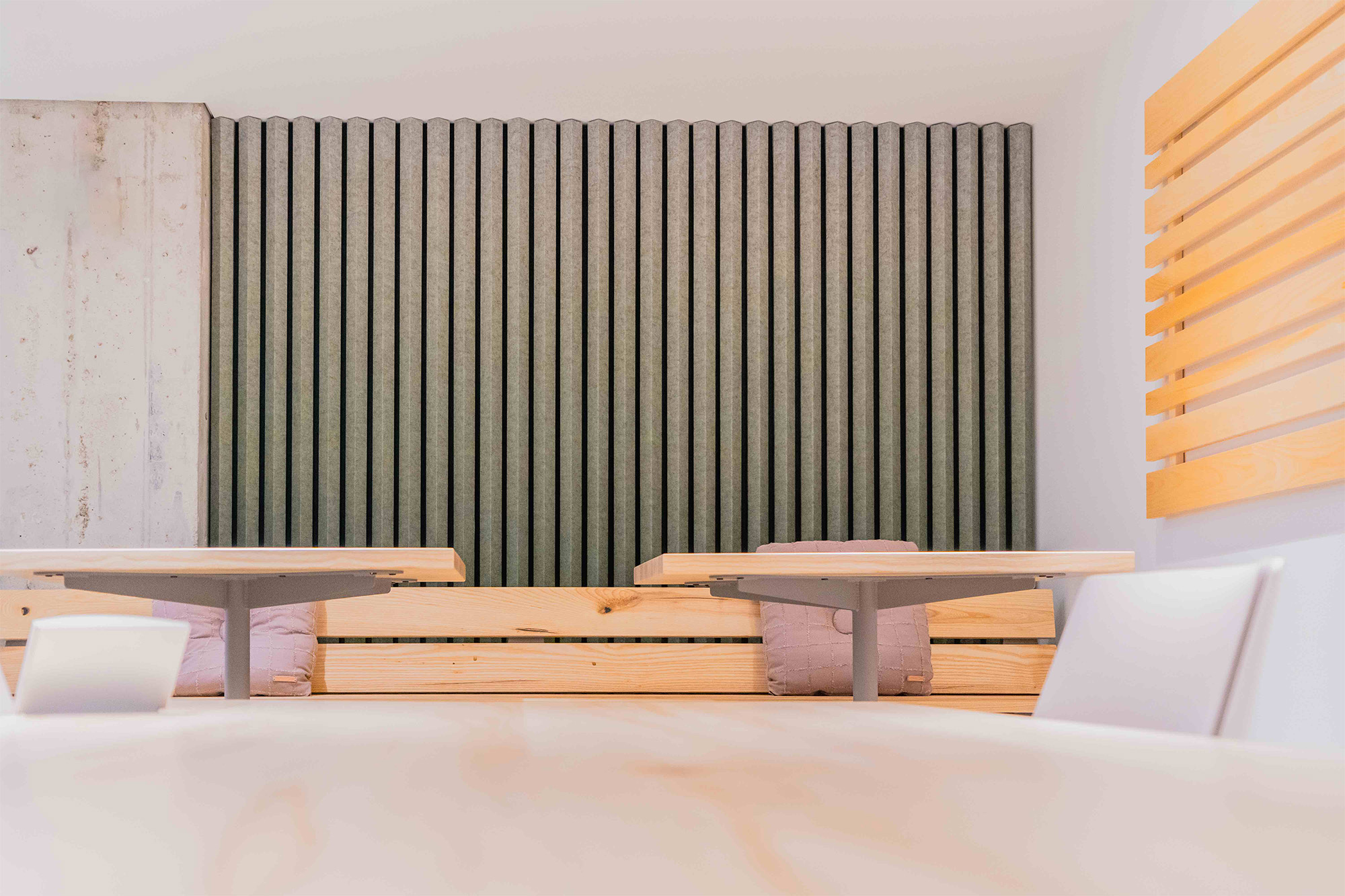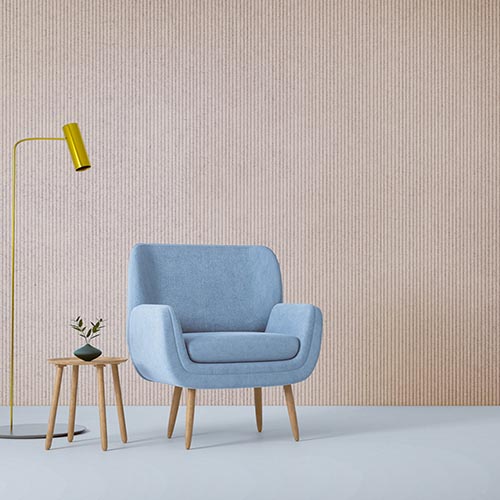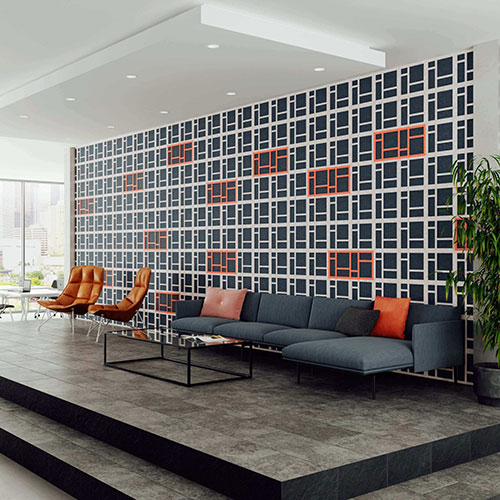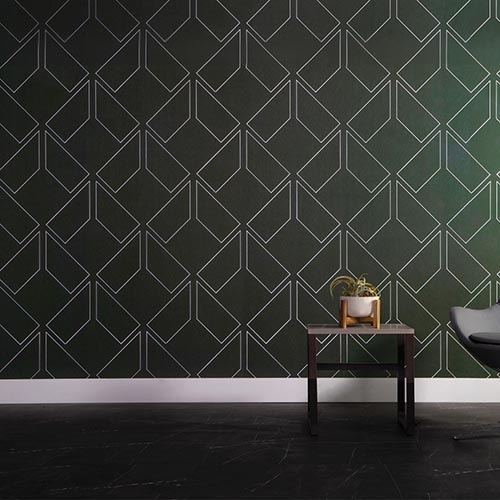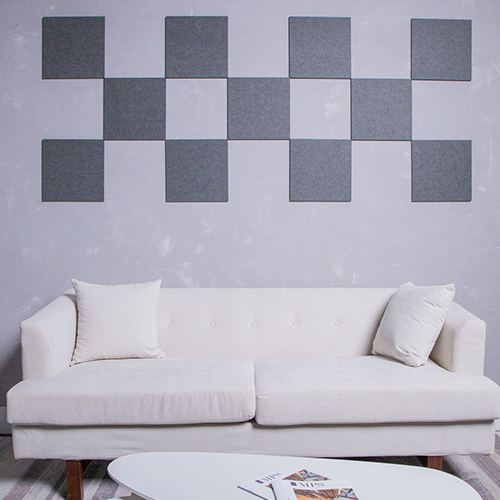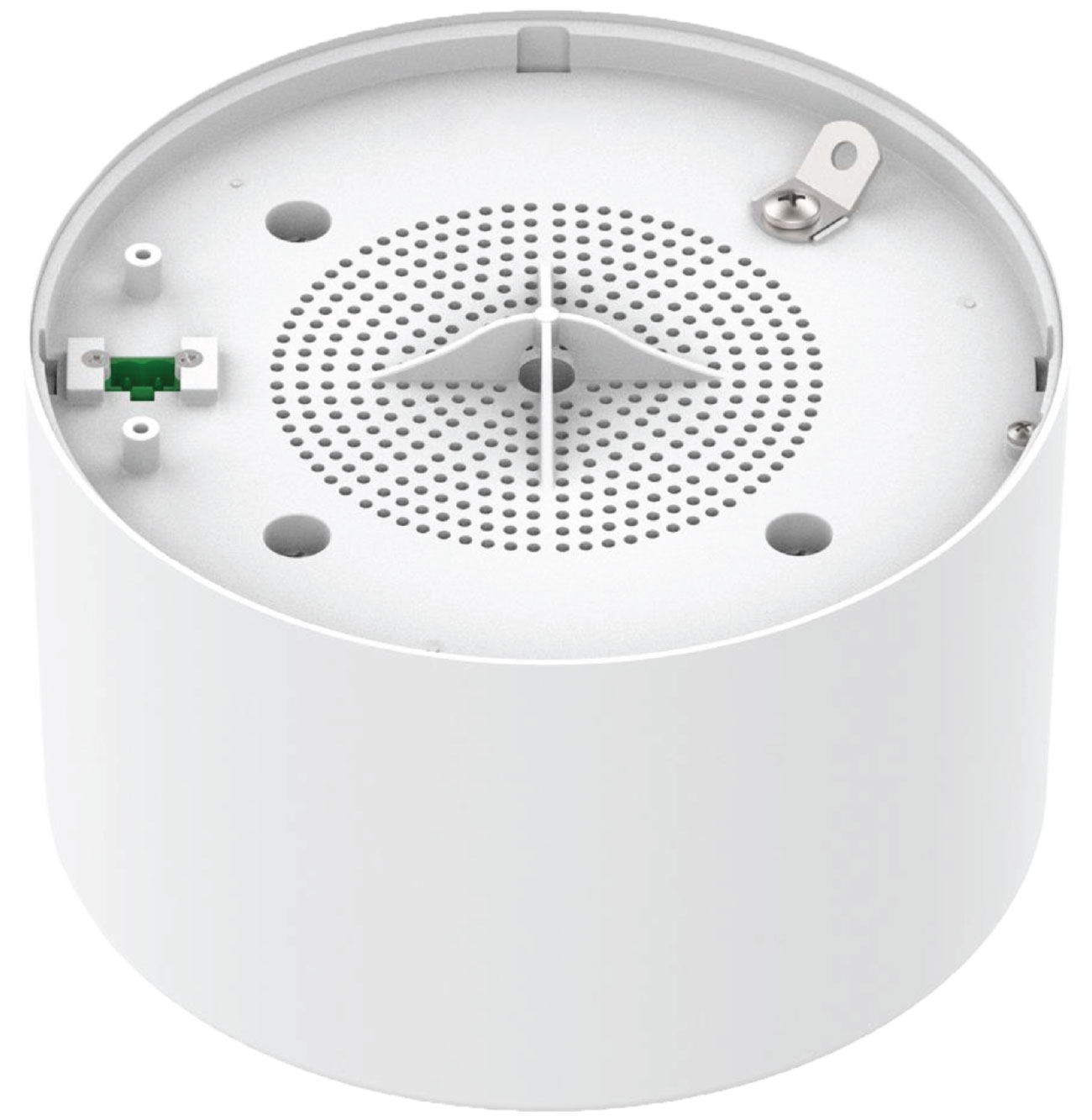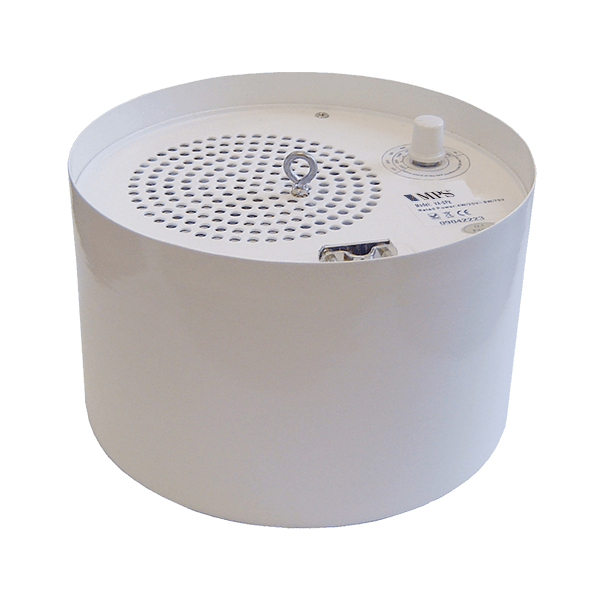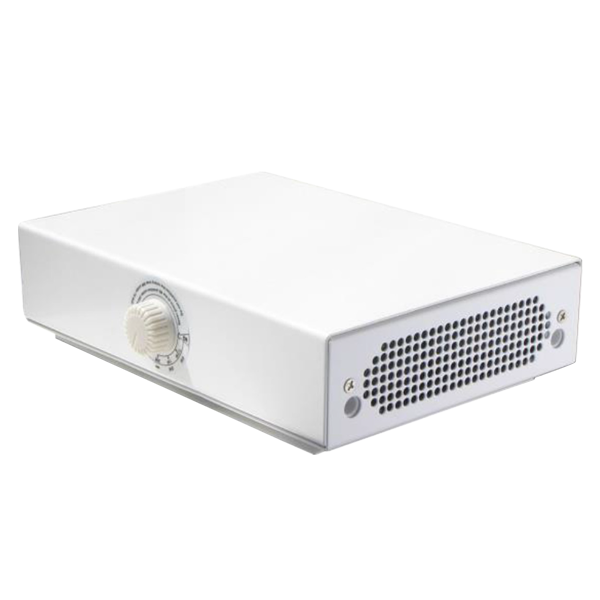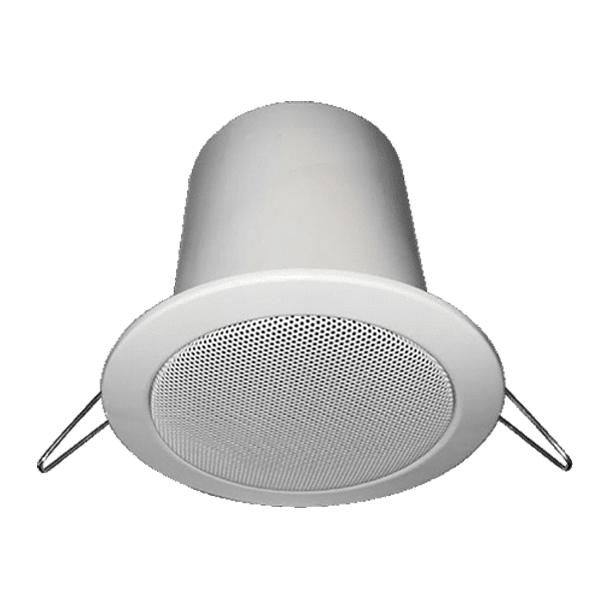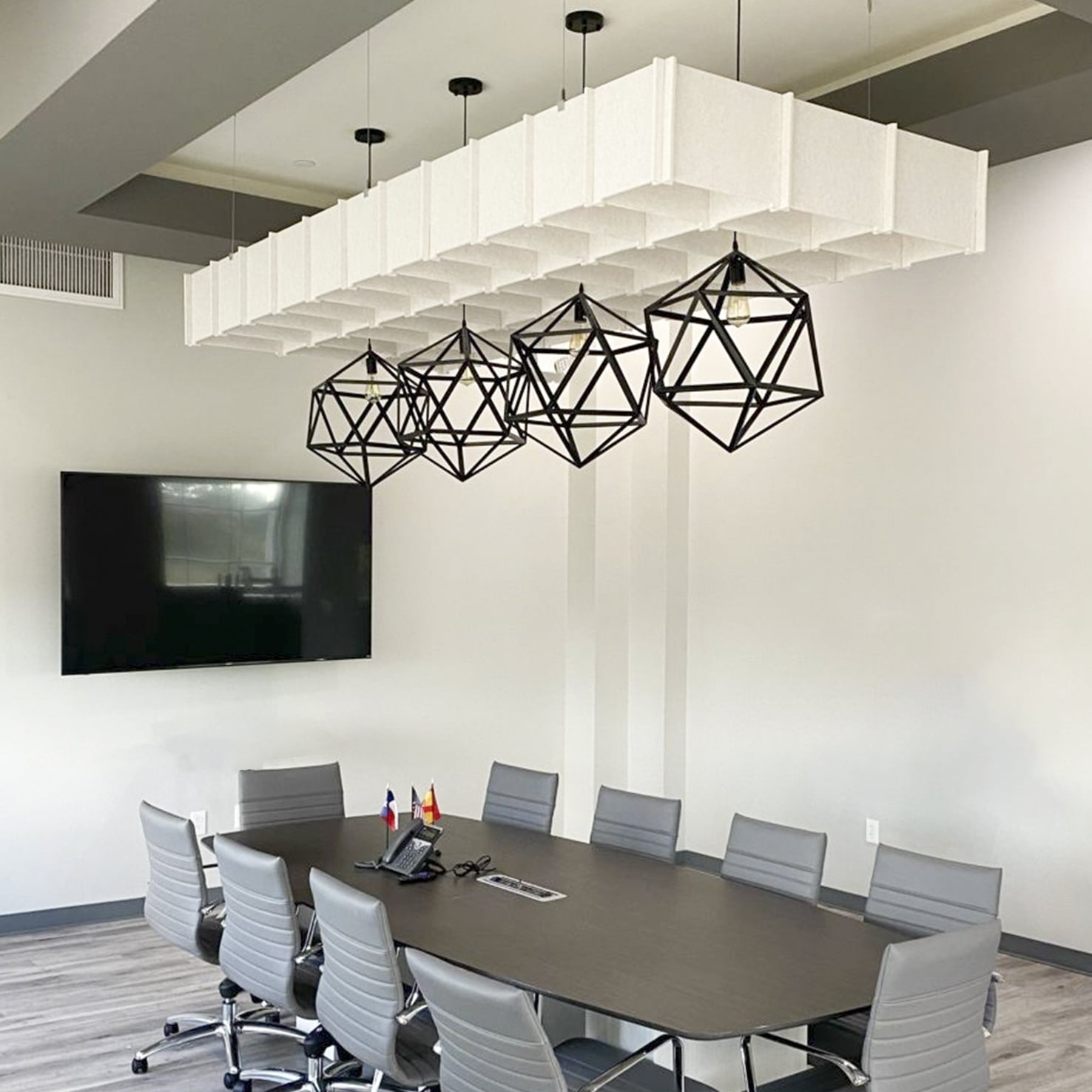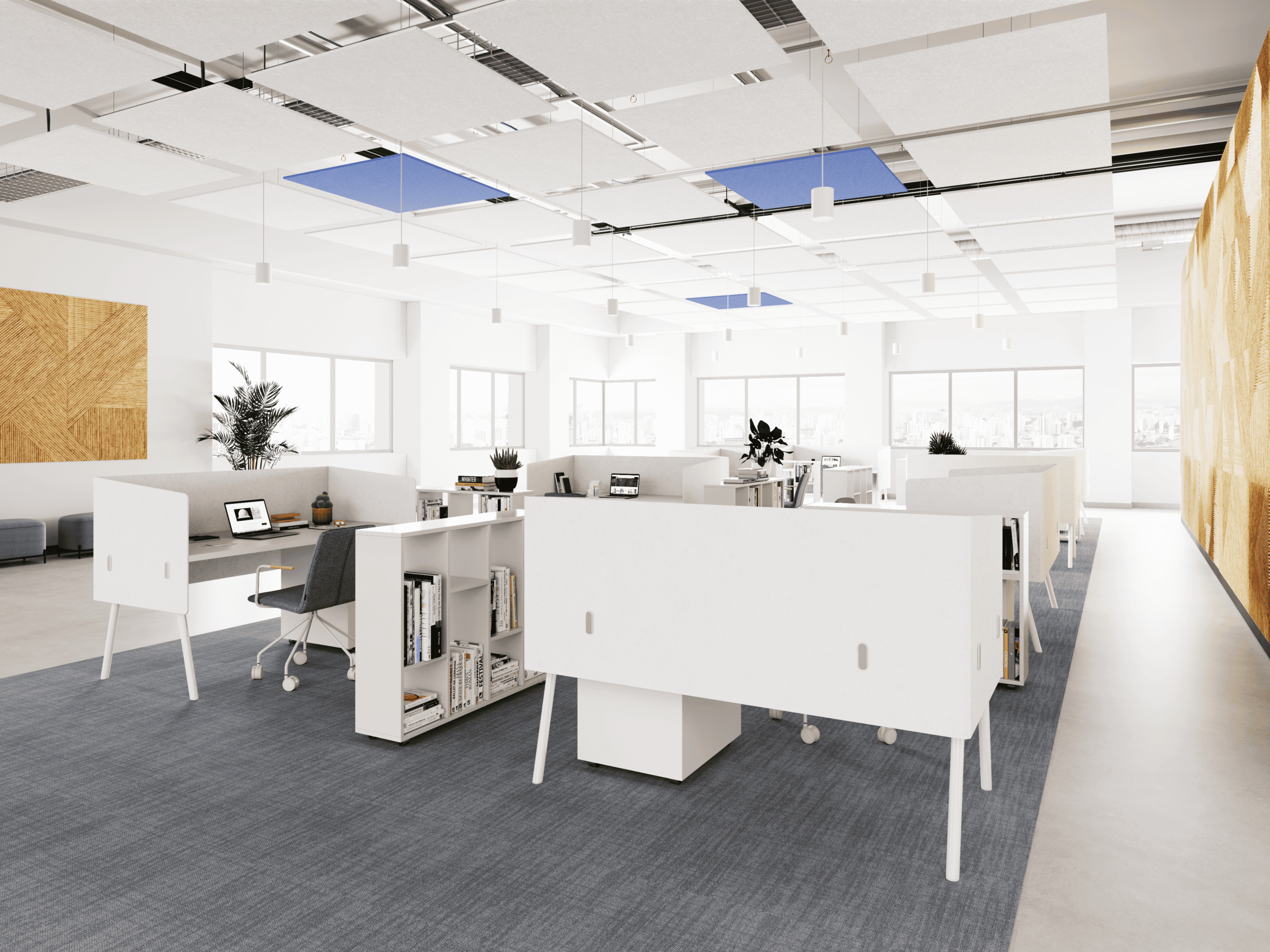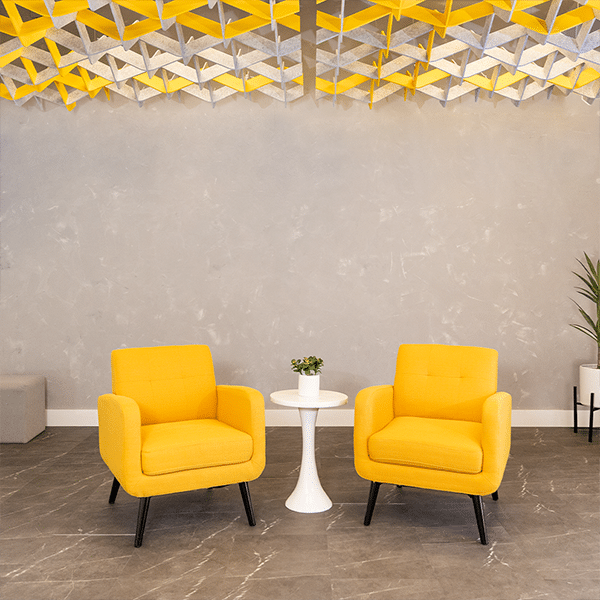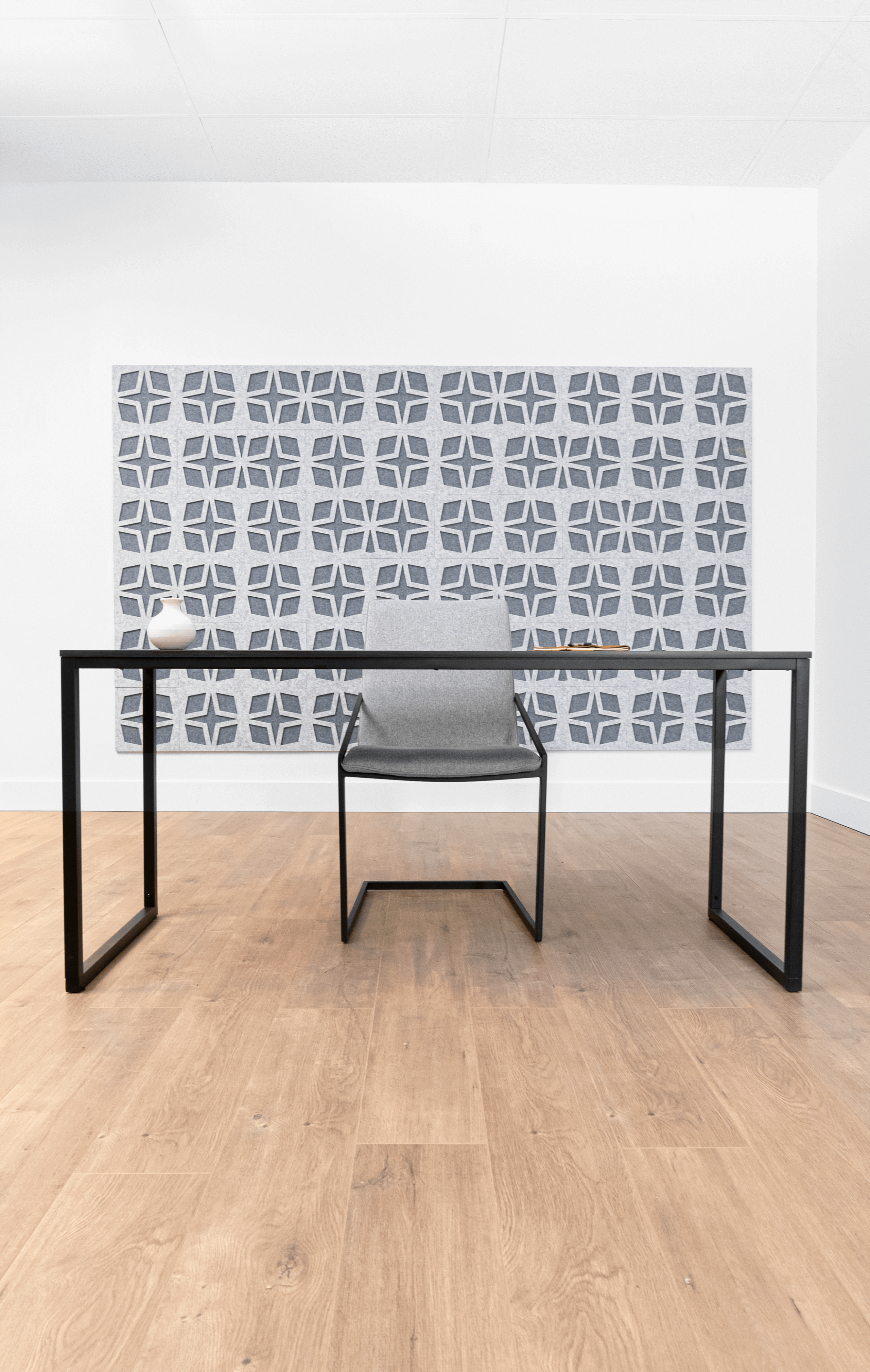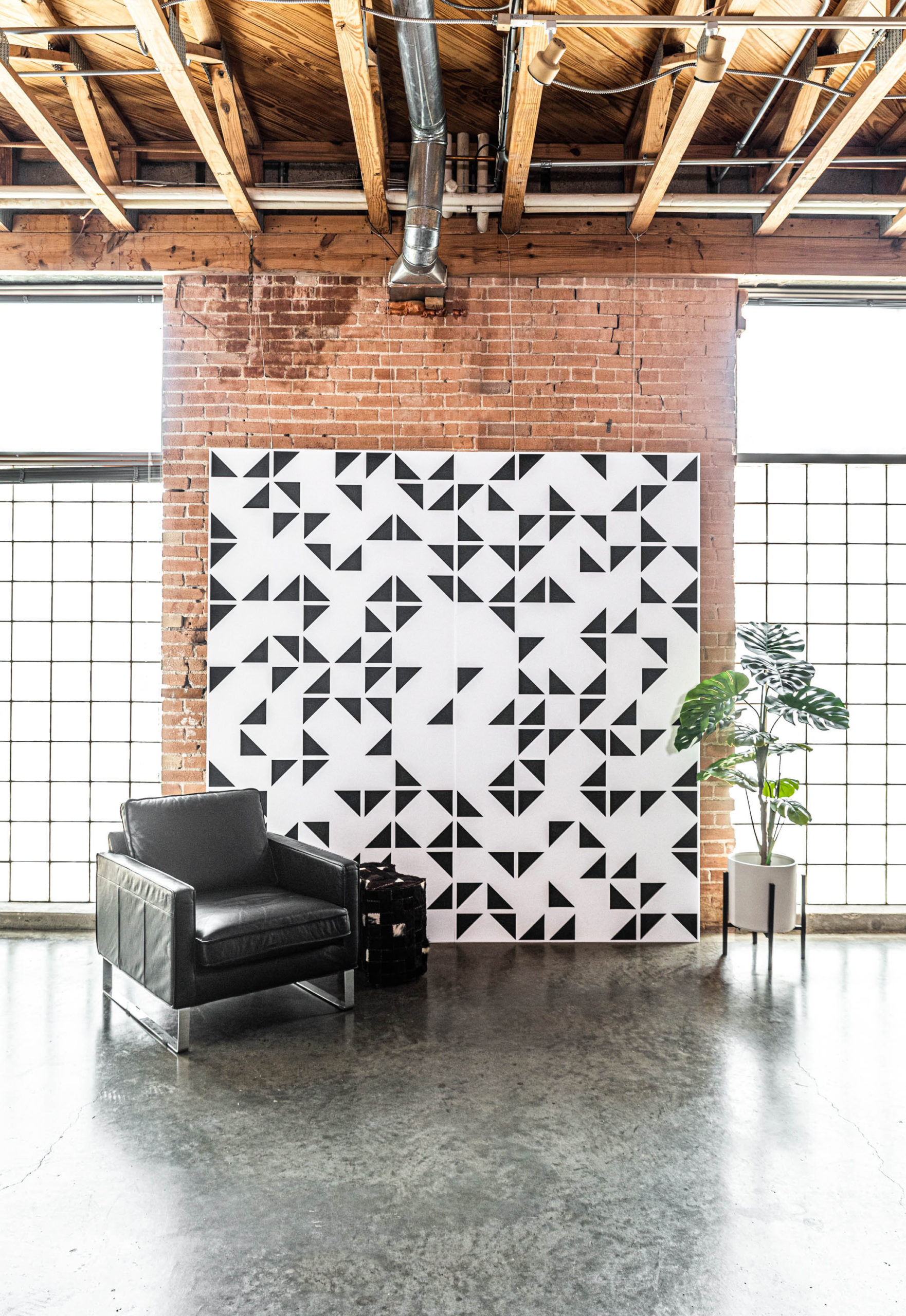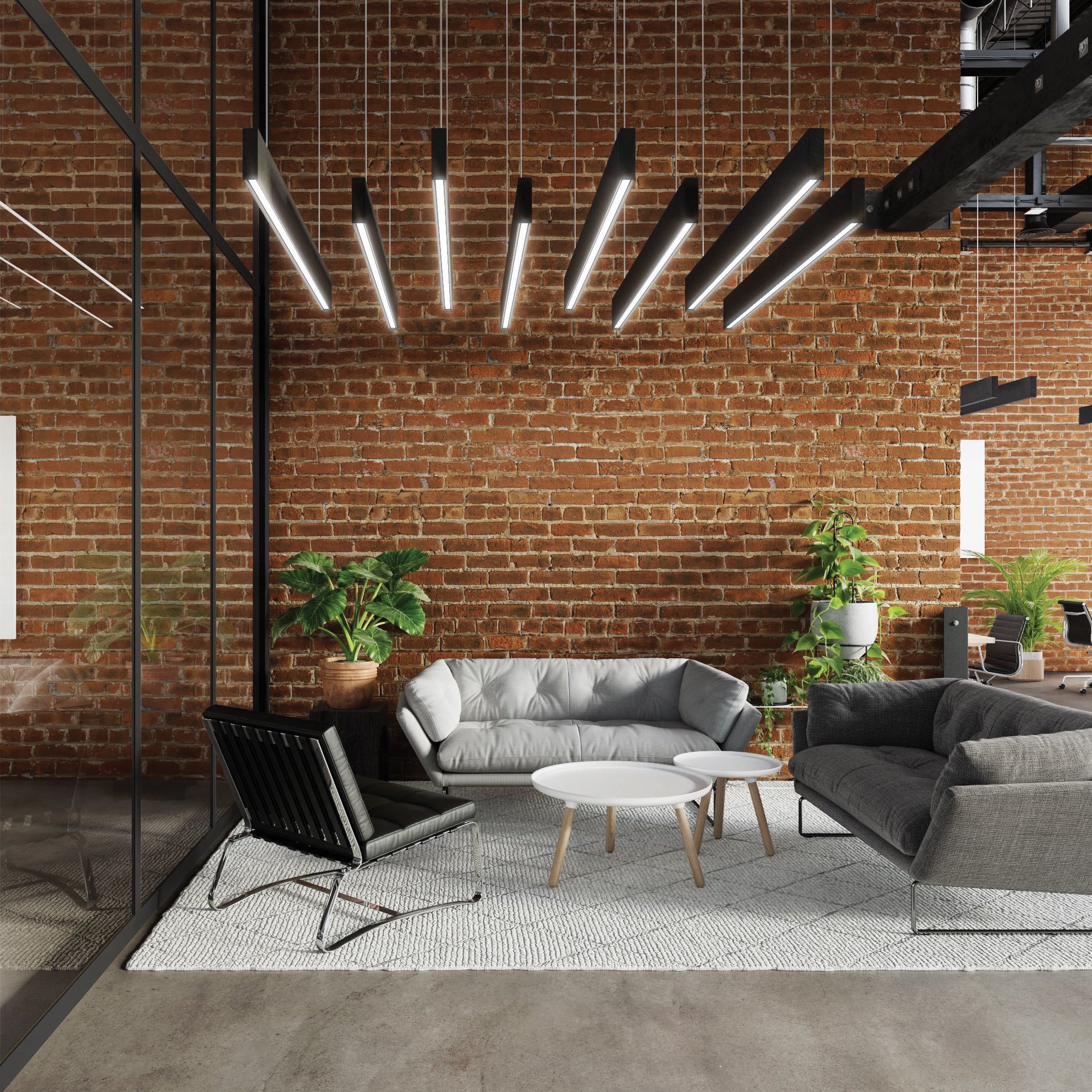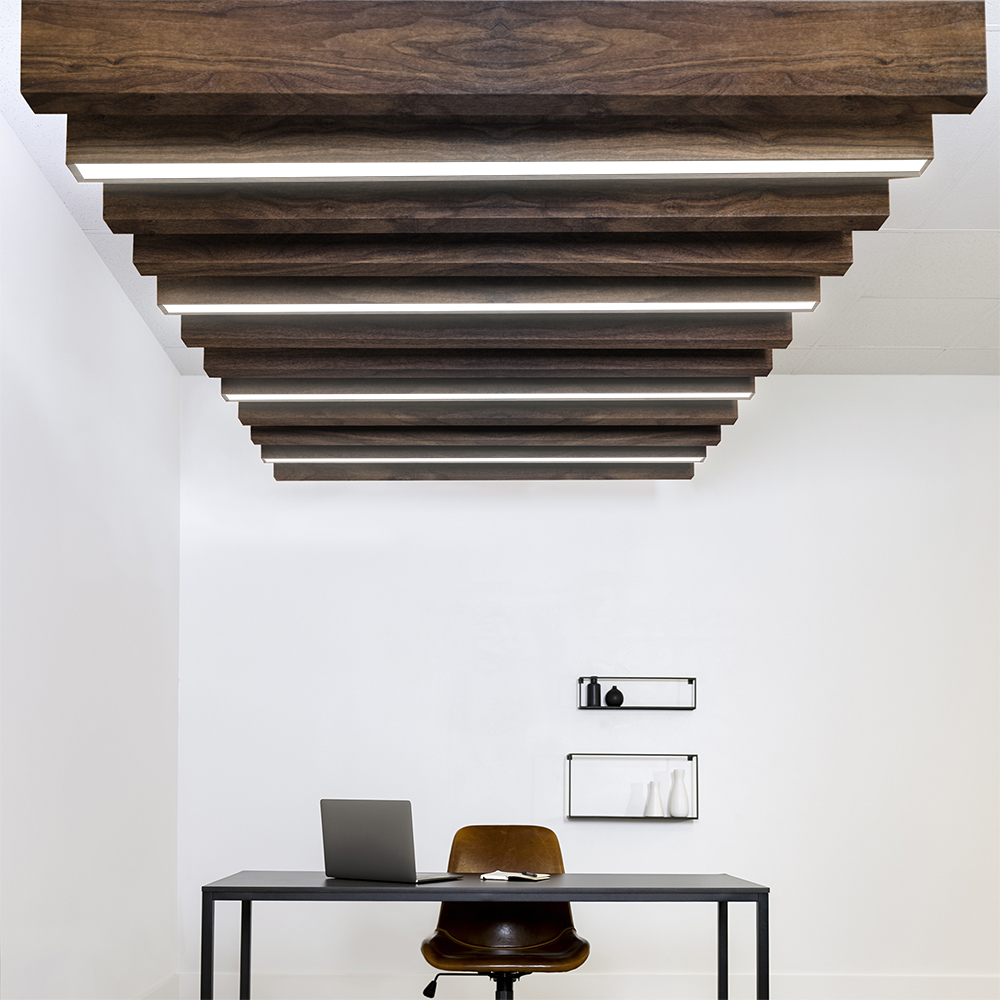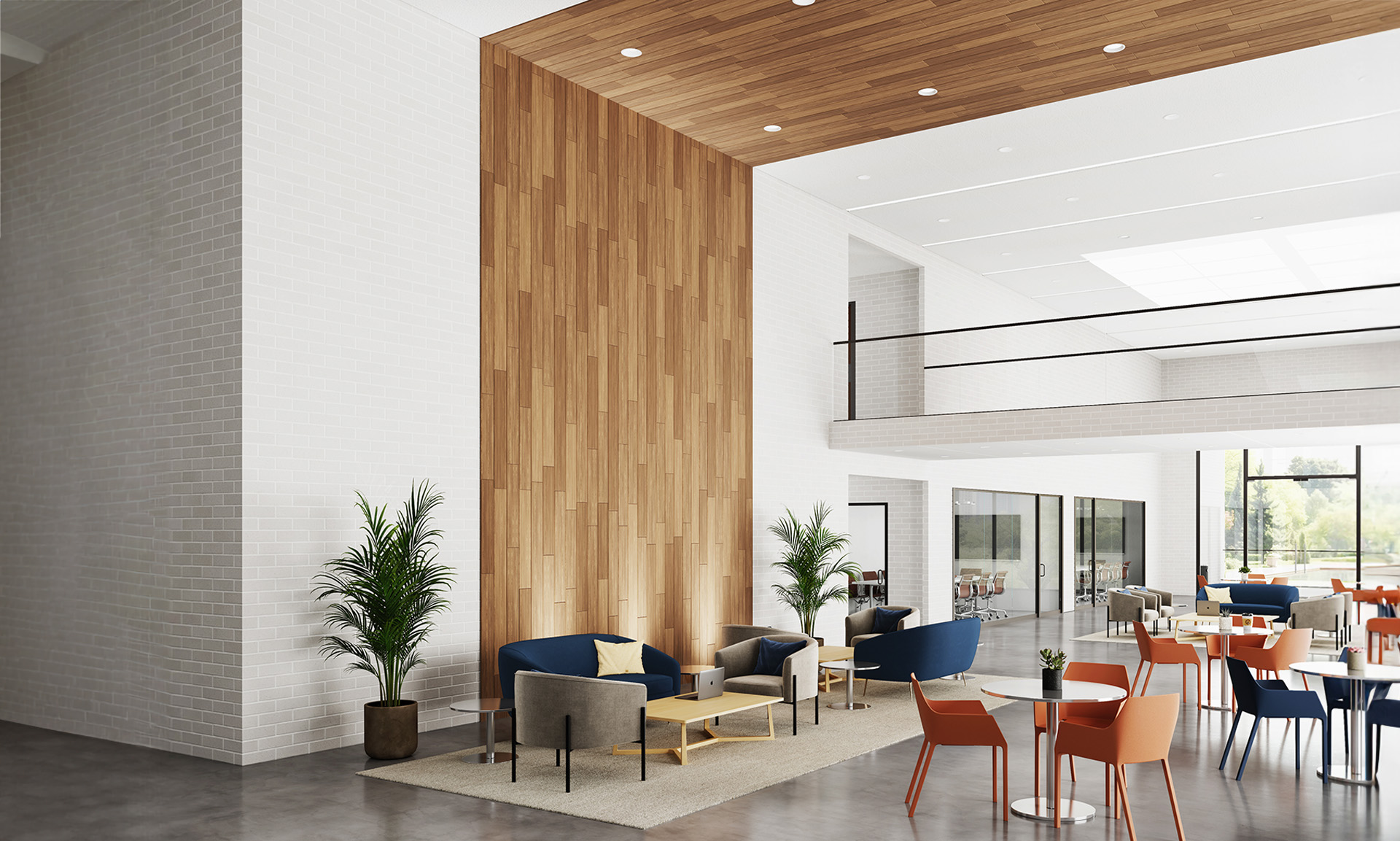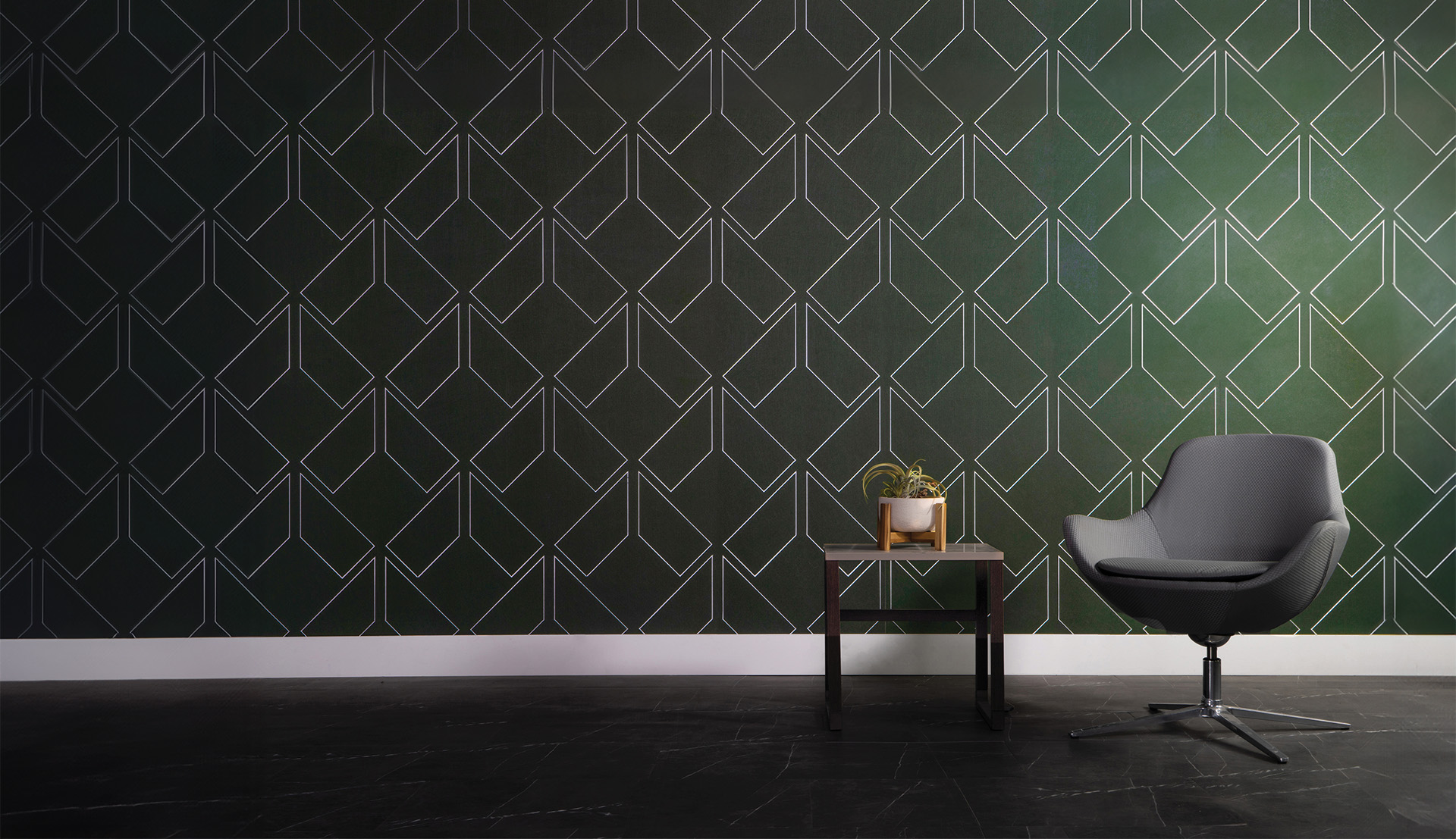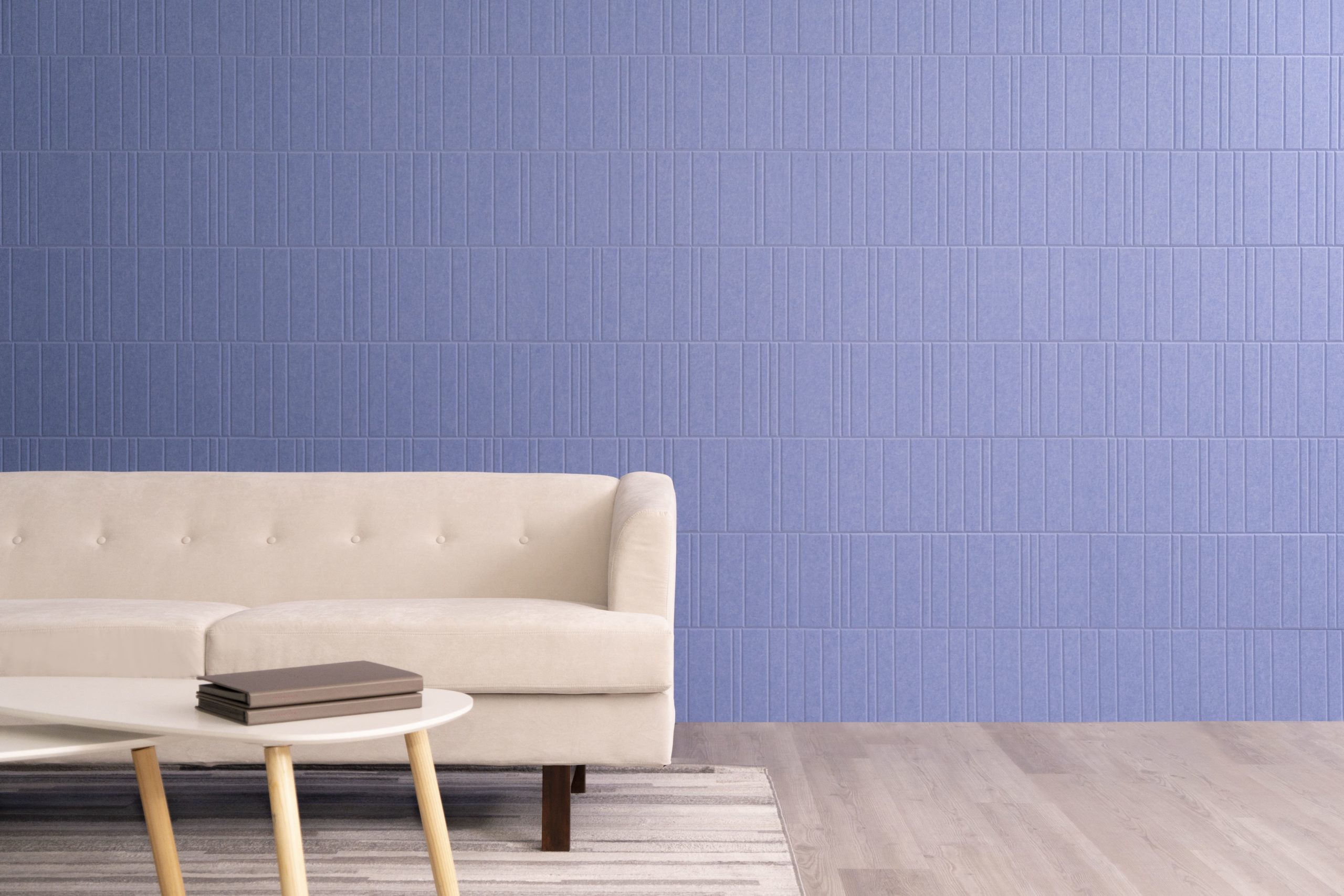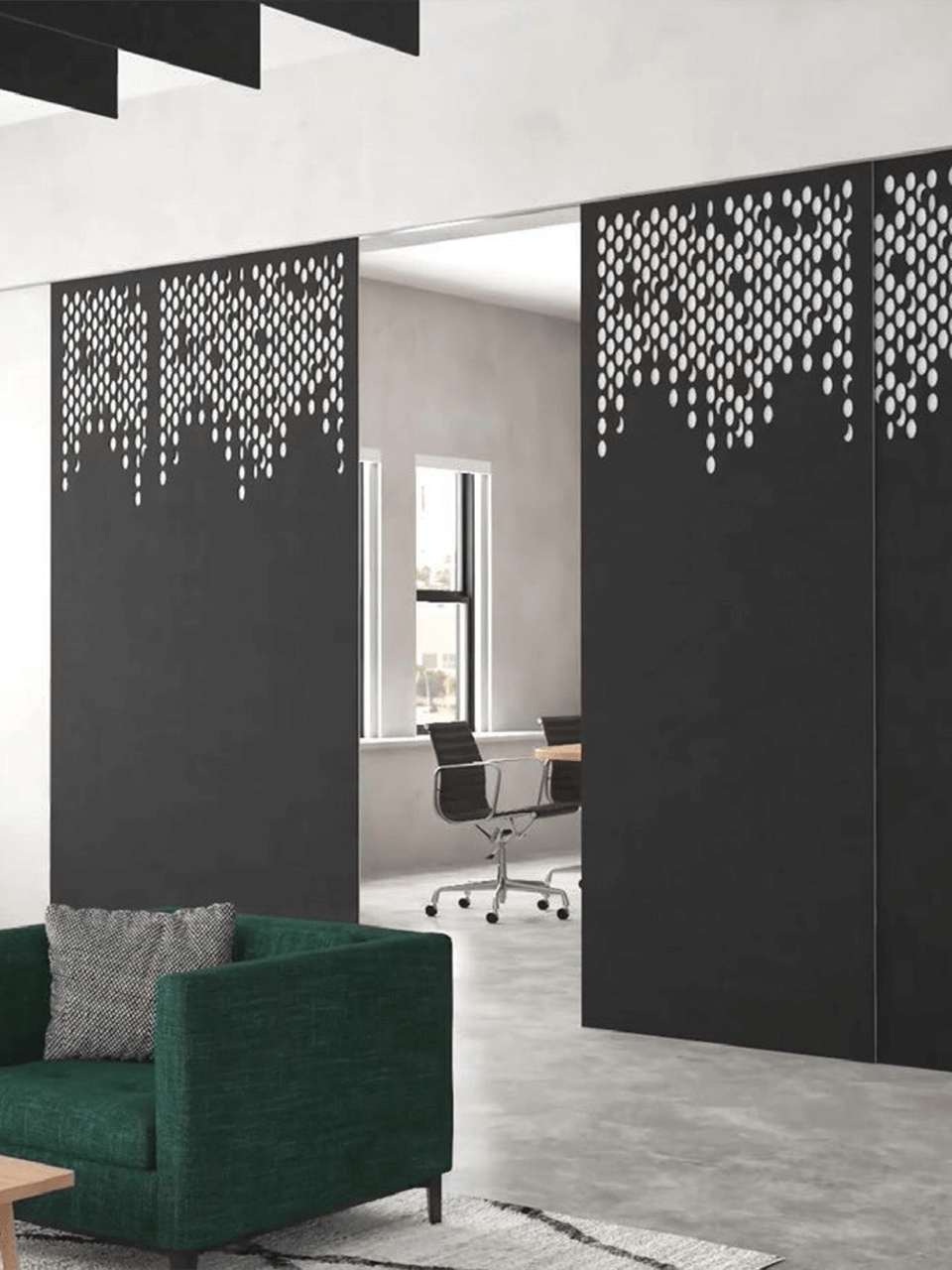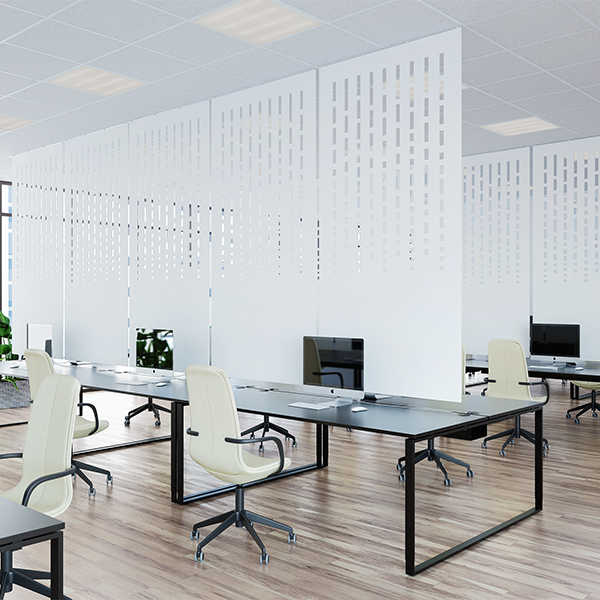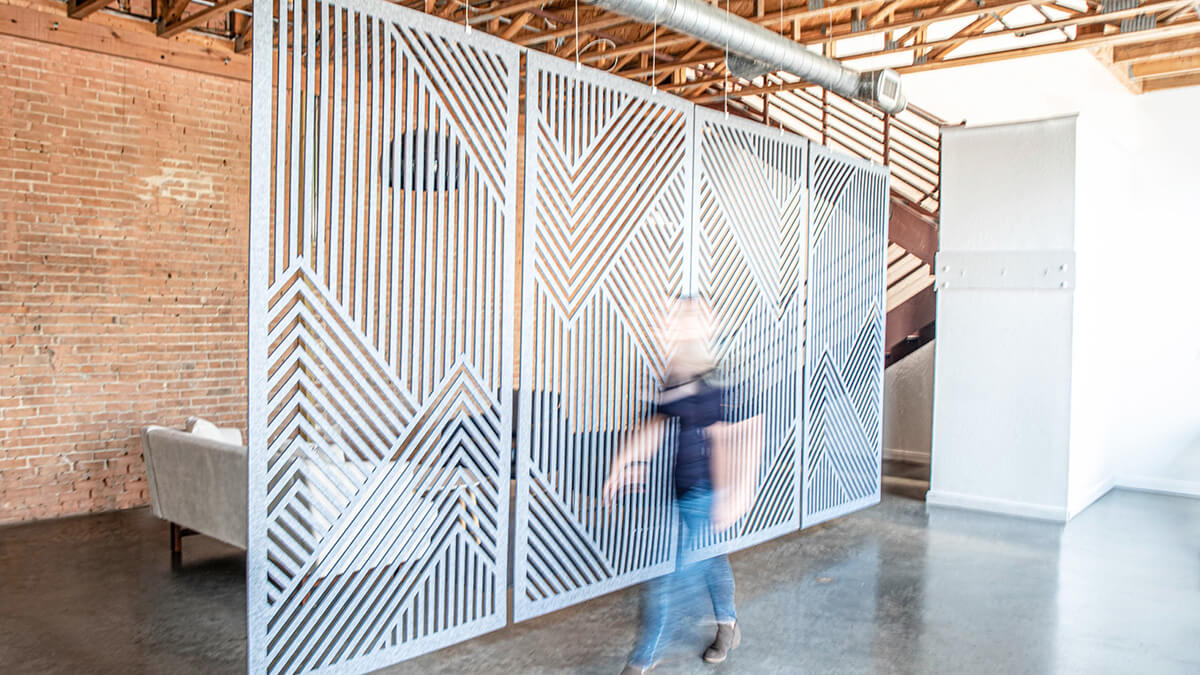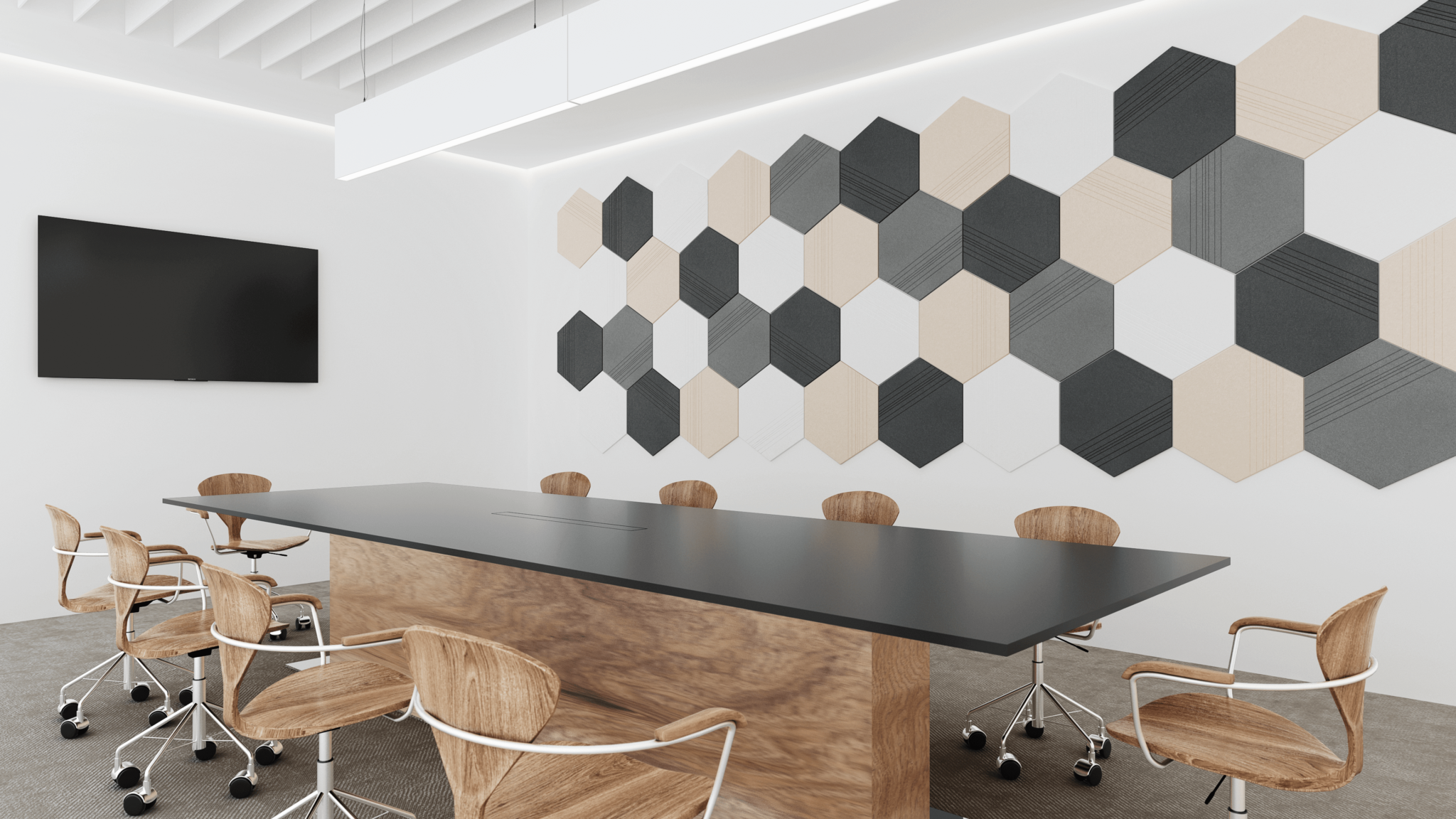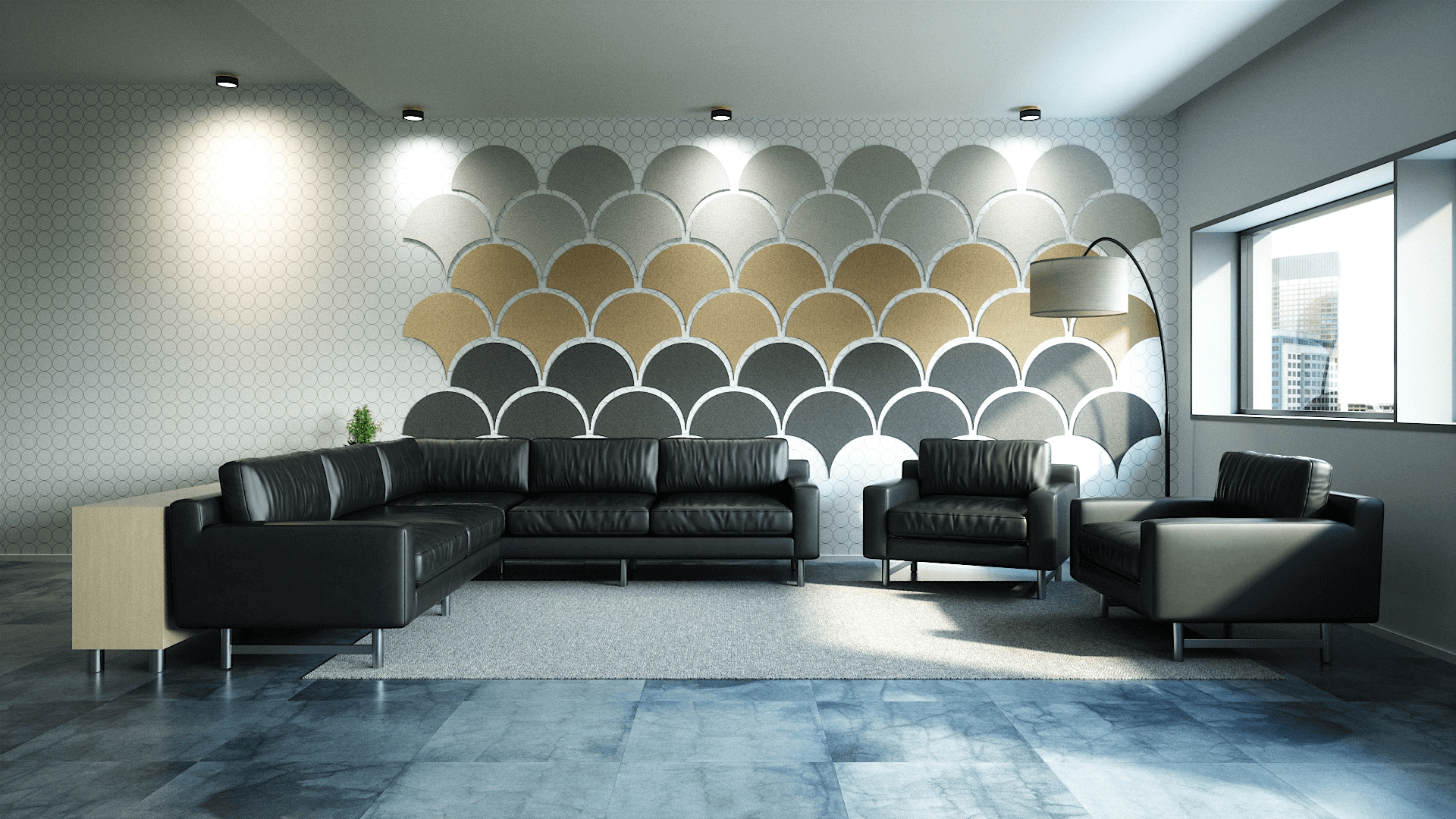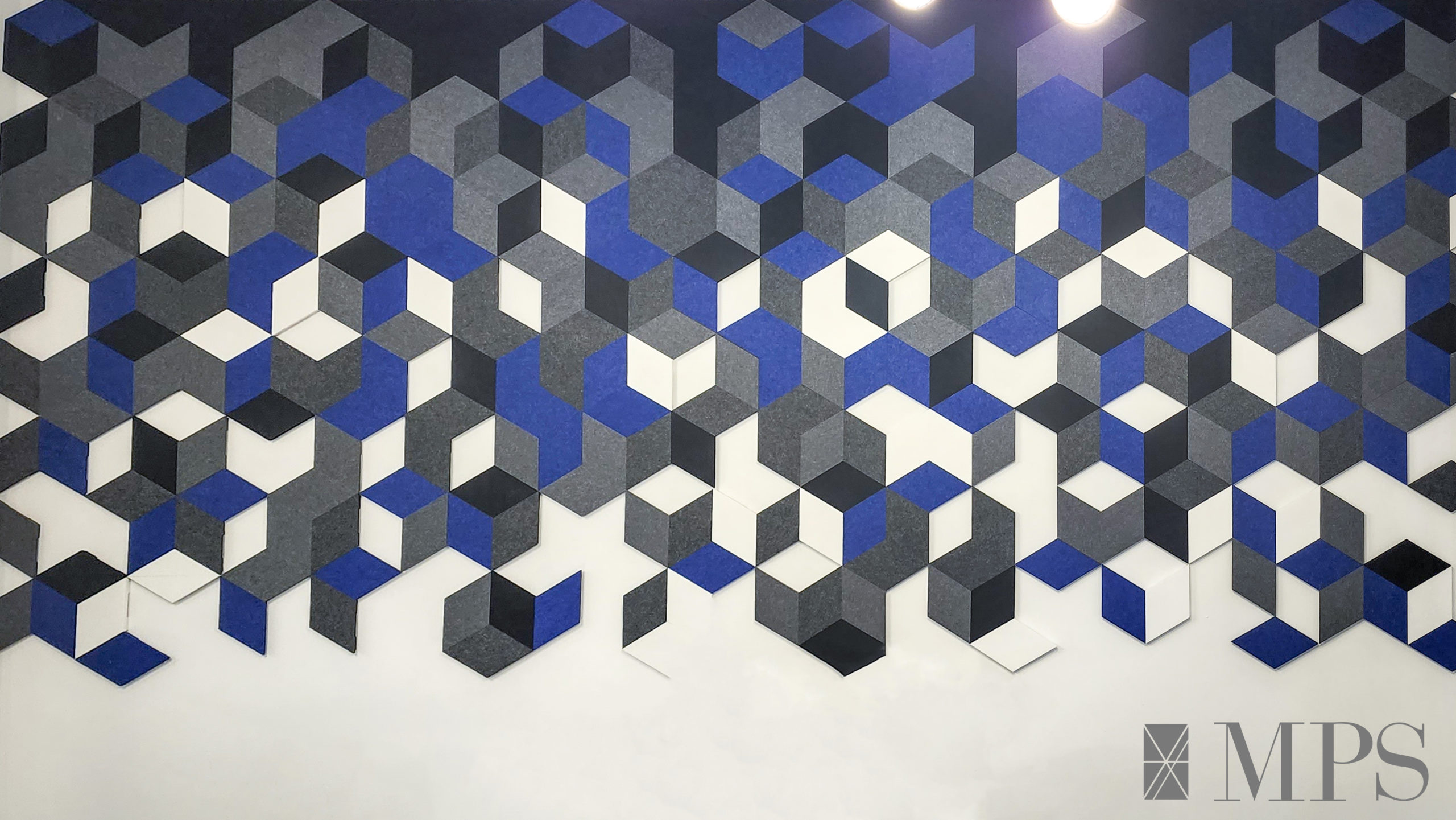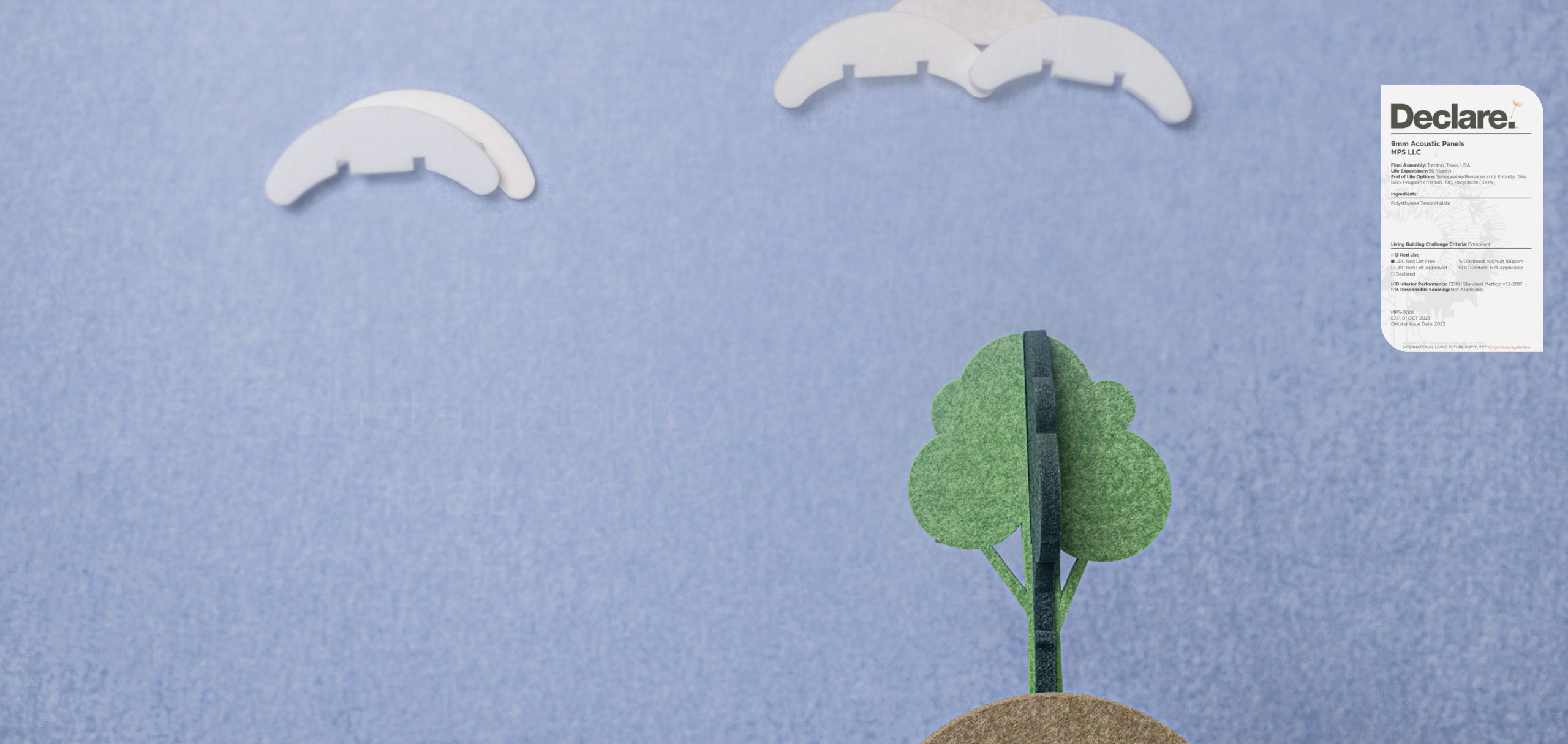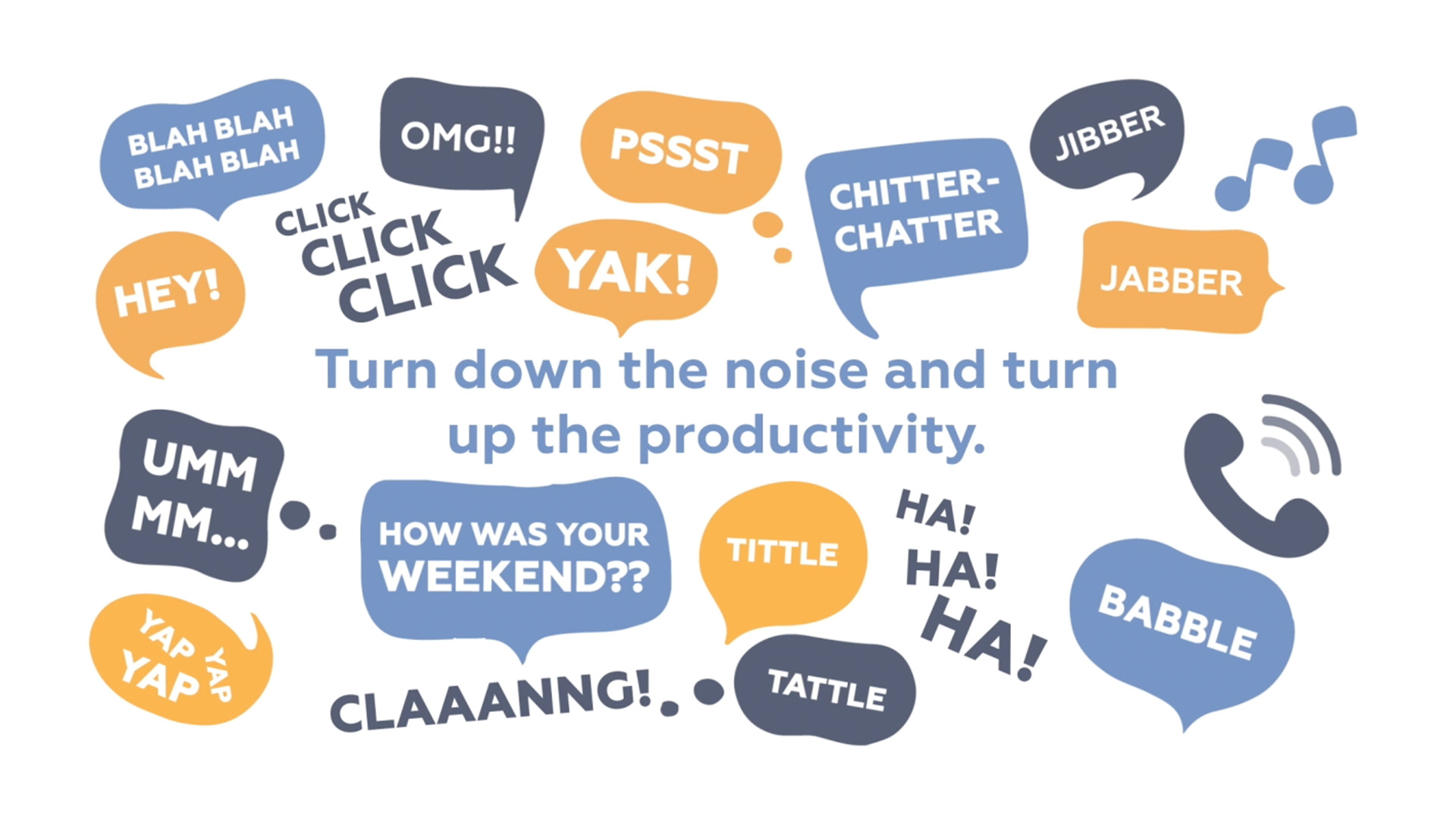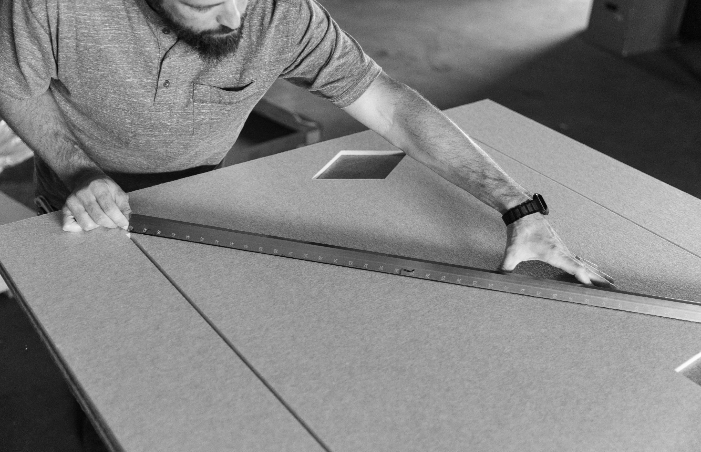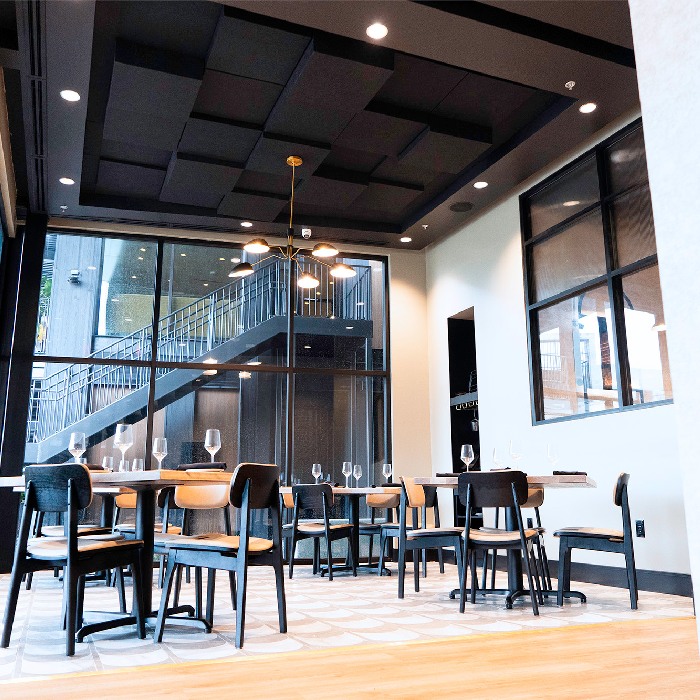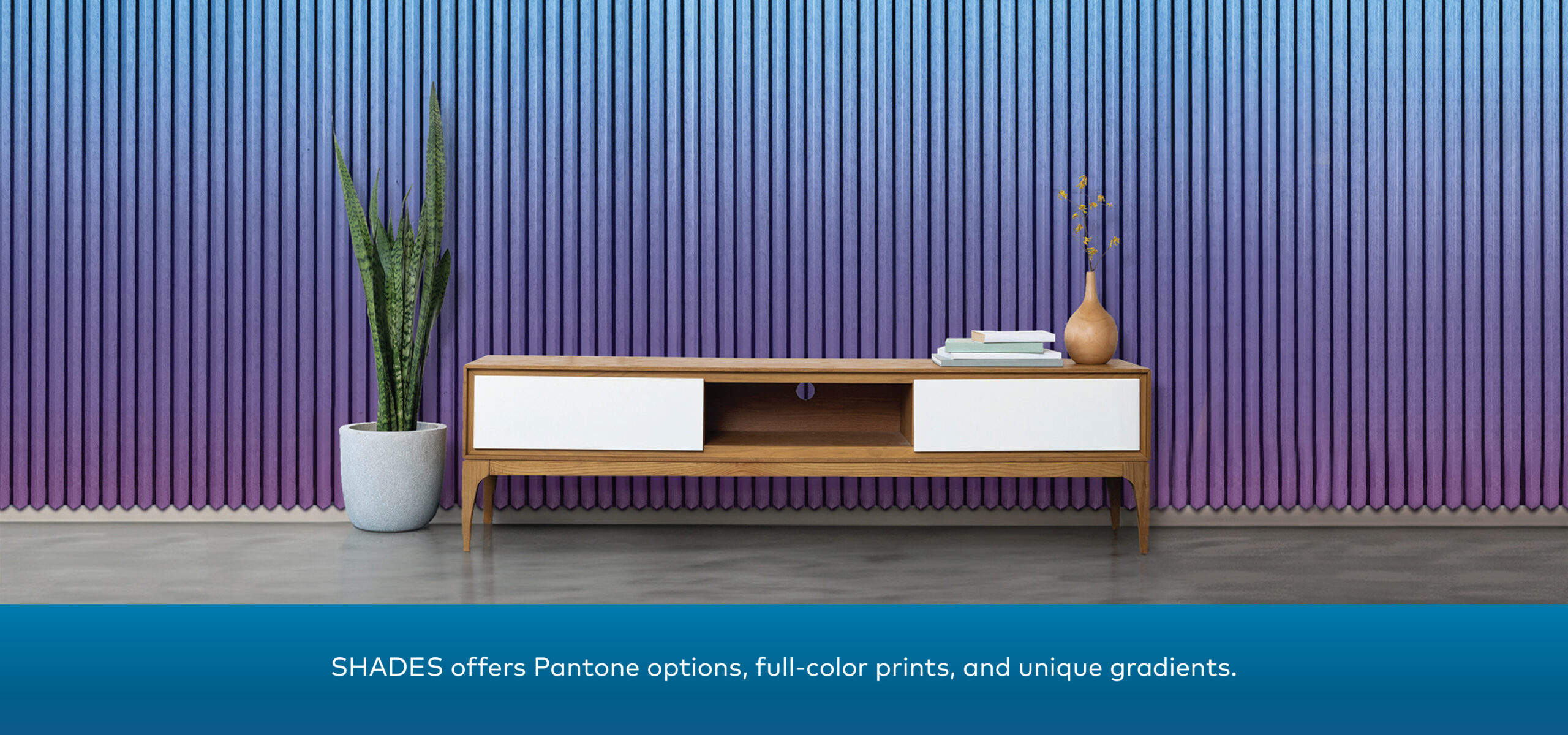Beautifully designed offices frequently turn into acoustic nightmares, but by using the right mix of tools, we can help make sure you get the highly functional, high-ROI space you’re looking for!
The ABC’s of Speech Privacy
Absorb using acoustic panels or dividers can absorb distracting sounds as well as cut down on visual distractions.
Block installing partitions can reduce both acoustic and visual distractions.
Cover adding a source of unstructured, low-level background sound with a modern, adaptive sound masking system can cover distracting noise and increase speech privacy.
“The ABC’s” is a convenient and memorable acronym of three components that perform best when combined in some form to achieve an acceptable level of speech privacy to improve workplace productivity.
How Much Are Distractions Costing You?
Among professional researchers who have studied the productivity of office-based information workers for decades, it is now universally accepted that conversational distractions are the biggest cause of lost productivity in open workplaces. Therefore they are the most important factor to limit and control.
Let’s look at the facts from recent studies:
75% of employees in one study rated workplace acoustics as the worst aspect of their office environment.
Reduced productivity: Sound expert Julian Treasure reported that there is a 66% drop in productivity in open offices.
Stress: According to National Institute for Occupational Safety and Health (NIOSH), noise is the main contributor to workplace stress. A Cornell study says that the uncontrollability of sound makes it stressful.
Employee disengagement: Stress eventually leads to employee disengagement. 71% of employees are not engaged.
High turnover rate: Stress and disengagement cause up to 40% of workers to seek employment elsewhere.
Increased absenteeism and error rate: With the best and brightest employees leaving and the remaining disengaged workers, employees tend to have more errors and sick days.

